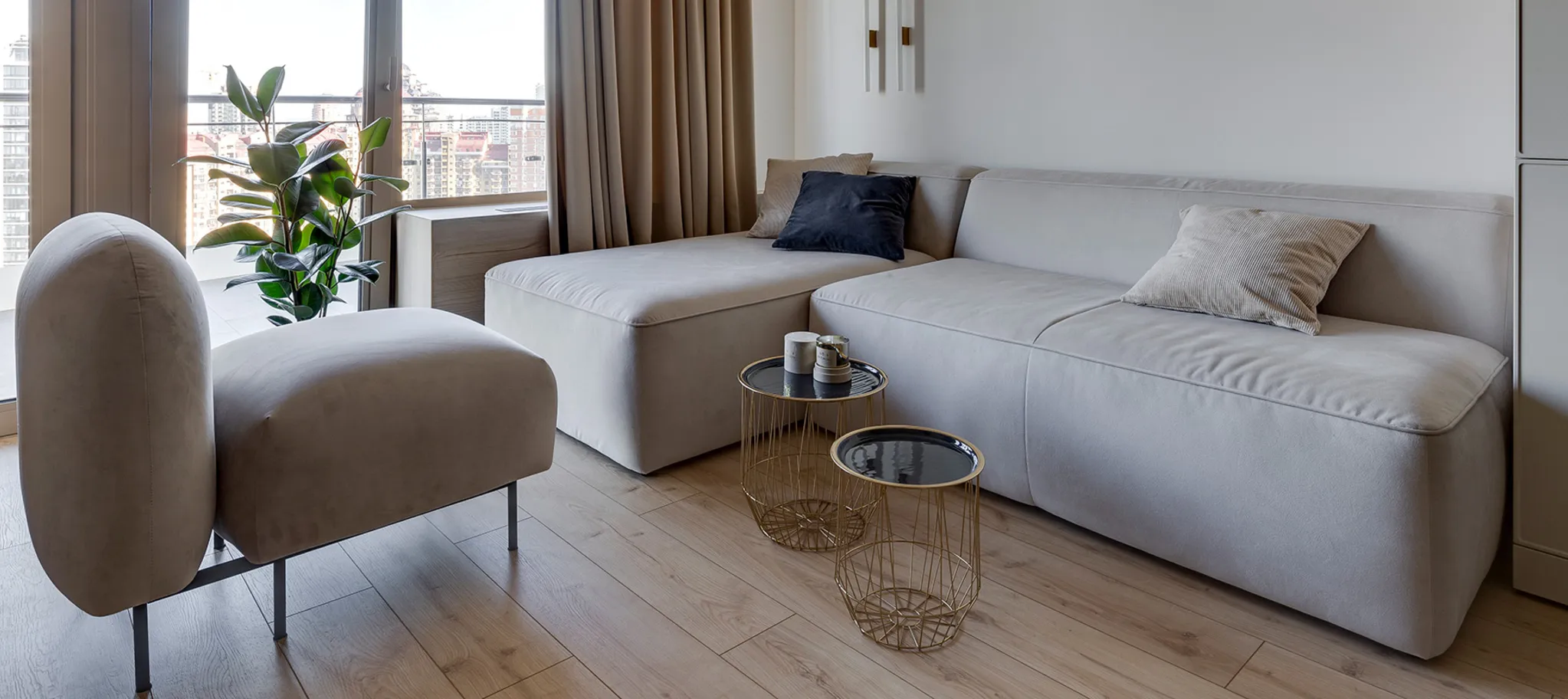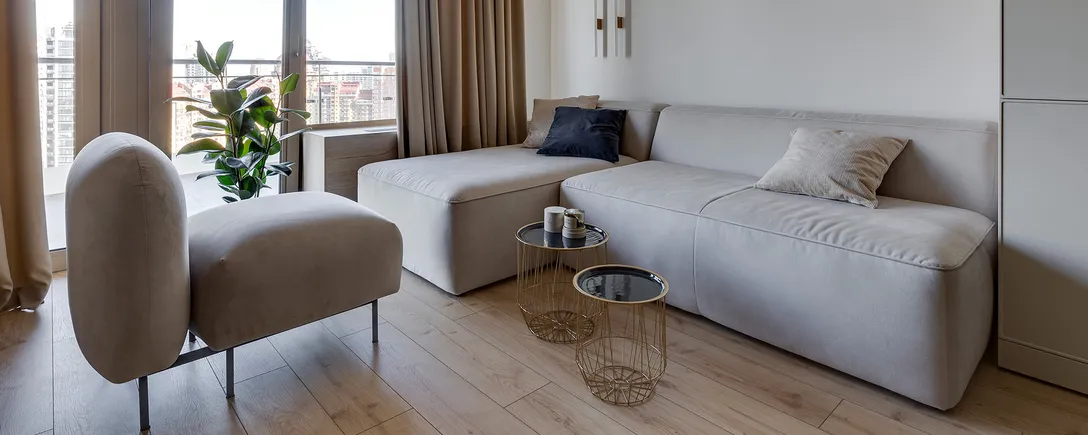Challenges in the social housing sector
The demands on public building projects are increasing. Priorities are being set not only in terms of building aesthetics and functionality, but also in the area of sustainability. In addition, there is high time and cost pressure as well as high urban development requirements.
Interview with "Baugenossenschaft Esslingen"
-
At "Baugenossenschaft Esslingen", all flats are equipped in the same way. What sizes are we talking about here?
Kulpanek: Our BG owns almost 3,000 flats in Esslingen with a living space of 150,000 square metres. Ten years ago, we started to equip all flats in the same way - this applies to tiles, sanitary installations, wallpaper or flooring as well as skirting boards, sockets and switches. These standards were introduced bit by bit in the course of upcoming refurbishments or renovations. This is because many of our houses date back to the 1920s - they were built as factory flats. But the standards apply just as much to new buildings. In the past decade, we have built 400 flats, and another 70 are in the planning stage.
-
What are the advantages of standardised equipment?
Kulpanek: Let me explain this concretely using the example of flooring: We decided on a certain product ten years ago. In our case, it is a wineo brand elastic design floor from Windmöller. More than two thirds of all our flats are now fitted with it. Every year we order about 10,000 to 12,000 square metres of it, which we store in our warehouse. The craftsmen can then pick up the necessary material directly from us. So we don't have to choose a floor again for every renovation, negotiate prices, order and wait for delivery. And we don't have the problem later, when repairs are needed, that the flooring may no longer be available.
-
How do you do it with the craftsmen?
Kulpanek: We use a pool of craftsmen for the installation work. These are all companies from the region that we commission in turn at the same conditions. This makes it easier to place orders and relieves our administration enormously. For the craftsmen, laying this floor is now routine.
-
Why did you choose this particular design flooring?
Kulpanek: It is hard-wearing and can be used for decades without losing its visual appeal. That suits us. We see ourselves as a quality supplier that is geared towards sustainability. Every investment should pay off in the long run.
Mües: wineo has created a design exclusively for Baugenossenschaft Esslingen that is timeless and matches as many furnishing styles and colours as possible. The oak decor looks like real parquet. This permanently elastic flooring is extremely hard-wearing, easy to clean and pleasant to walk on - in other words, it offers a high level of comfort. These are all important aspects when it comes to a floor that is used by very different people. It can even be eventually recycled.
Kulpanek: We also installed the floor in the building of shared offices. Since we started using this design floor - ten years ago - we haven't had to replace it anywhere due to wear and tear. wineo has also given us a 20-year guarantee.
-
And what do your tenants say about it?
Kulpanek: So far we've only had positive feedback. The flooring is very well received with its parquet look and feel. We hear from the tradesmen that the floor is easy to install without a lot of waste. This example alone shows that standards in residential construction turn out to be a win-win situation for everyone involved.
Mües: By the way, this also applies to us as a manufacturer. We benefit from guaranteed purchase quantities. This gives us planning security. We only need to produce the floor once a year. -
A design flooring for former factory flats…
Kulpanek: Can't be right? Actually it's a perfect fit. The building cooperative's mission in the 1920's was to build high-quality housing for workers. At that time, the founding members were mainly entrepreneurs who wanted to offer their workforce reasonable housing at affordable prices. We are committed to this.


